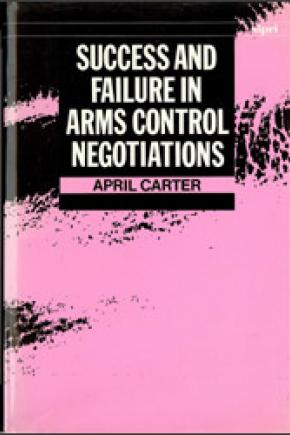Success and Failure in Arms Control Negotiations
Success and Failure in Arms Control Negotiations examines why negotiations to restrict arms have had so little success to date and why even such useful agreements as the 1963 Partial Test Ban Treaty or the 1987 Intermediate-range Nuclear Forces Treaty have failed to curb the development of new weapons. Through the use of case studies of particular negotiations, the reasons for success and the obstacles leading to failure are identified, and the importance of different types of explanation are assessed. Asking the question why negotiations fail also necessitates an examination of the conditions under which they can succeed. Now that the prospects for progress in arms control appear to have improved dramatically, this exercise may be especially relevant. Success and Failure in Arms Control Negotiations provides both an up-to-date assessment of conditions for possible success and, for the first time in a single volume, a comprehensive survey of the problems and prospects for arms control.
1. Clarifying the problem
2. A framework of analysis
3. The test ban talks: 1958–63
4. Negotiating the CTB
5. SALT I: Success and failure
6. SALT II: The obstacles multiply
7. INF and START: 1981–83
8. INF and START: 1985–89
9. Multilateral talks in Europe
10. Arms control failure: Why?
11. Arms control success: How?

